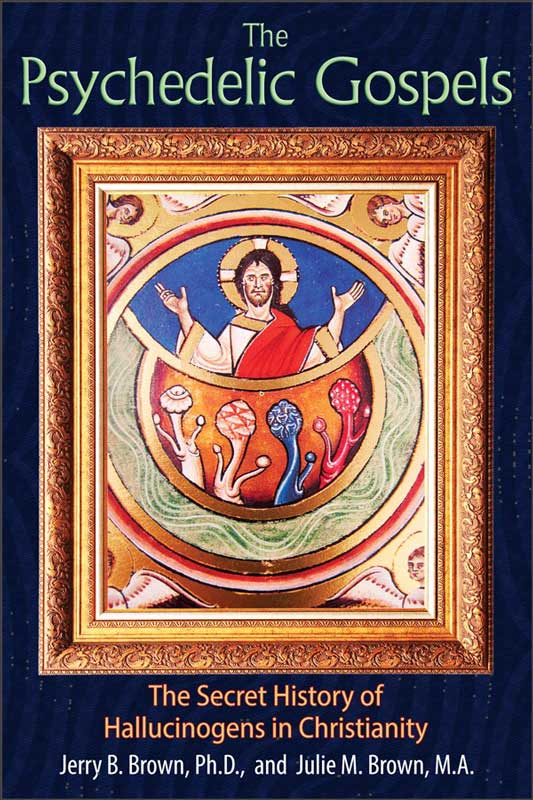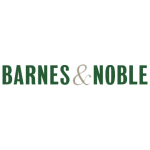Psychedelic Movement
Leading today’s Psychedelic Movement are several well-known psychonauts, whose Homeric songs of praise have been sung far and wide.
To name but a few: Albert Hoffman (1906-2008), who first discovered LSD in 1938 and eloquently recounted his long, strange trip in LSD: My Problem Child (1979). Stanislav Grof, founder of LSD psychotherapy and author of many books, including Realms of the Human Unconscious: Observations from LSD Research (1975). And James Fadiman, the world’s foremost expert on microdosing and author of The Psychedelic Explorer’s Guide: Safe, Therapeutic and Sacred Journeys (2011).
But what about those early heroes and heroines, who planted seminal seeds in the fields of psychedelica and whose work has been largely forgotten by a new generation of mind explorers? Here’s a brief introduction to three unsung heroes of the Psychedelic Movement.
Michael Harner: The Way of the Shaman (1980)
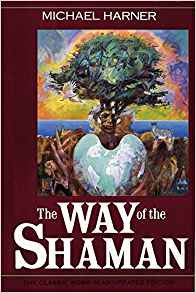
Anthropologist Michael Harner’s initiation to shamanism took place among the Conibo Indians of the Ucayali River region of the Peruvian Amazon. He had been living for nearly a year among the Conibo, but all his attempts to learn about their religion had been futile. Finally, the Conibo told him that, if he really wanted to learn, he must take the “shaman’s sacred drink made of ayahuasca, the ‘soul vine.’” The visionary experience that followed turned out to be Harner’s initiation into shamanism ̶ as well as one of the most astonishing ayahuasca experiences ever reported.
Shamanic Initiation
About an hour after drinking ayahuasca, Harner found himself looking up at a gigantic crocodile from whose cavernous jaws gushed a torrential flood of water. As the scene evolved, Harner became aware of two strange boats, swaying back and forth in the air, coming closer and closer. At the same time, he noticed the most beautiful singing he had ever heard in his life, emanating from the voices on board the boat.
Harner tells us “As I looked more closely at the deck, I could make out large numbers of people with the heads of blue jays and the bodies of humans, not unlike the bird-headed gods of the ancient Egyptian tomb paintings. At the same time, some energy-essence began to float from my chest up into the boat.
This was the beginning of Harner’s dedicated study and practice of shamanism and shamanic healing. Eventually Harner left his teaching position in New York to establish the Foundation for Shamanic Studies in Mill Valley, California. “What Yogananda did for Hinduism and D.T. Suzuki did for Zen, Michael Harner has done for shamanism, namely bring the tradition and its richness to Western awareness. Michael Harner is widely acknowledged as the world’s foremost authority on shamanism and has had an enormous influence on both the academic and lay worlds,” observe Roger Walsh and Charles S. Grob, in their book, Higher Wisdom.
Jean Houston, The Varieties of Psychedelic Experience (1966)
This classic study, coauthored by Jean Houston, poses a seminal question about entheogen-induced mystical experience. “One of the most important questions raised by the psychedelic drugs is whether authentic religious and mystical experiences occur among the drug subjects. To this question, the answer must be Yes….”
In this context, the authors observe that “Undoubtedly it would be the supreme irony of the history of religion should it be proved that the ordinary person could by the swallowing of a pill attain to those states of exalted consciousness a lifetime of spiritual exercises rarely brings to the most ardent and adept seeker of mystical enlightenment.”
Modern Mystery School
Varieties presents clinical research conducted over a period of 15 years on 214 “average” people who had experienced LSD and peyote. It concludes that psychedelics offer powerful tools for exploring a variety of topics: the levels and dimensions of human consciousness; psychedelic-psychotherapy; creative problem solving; myth and religion; and the enhancement of pleasure, including sexual pleasure.
Inspired by her personal LSD experience and decades of research, Jean Houston became one of the foremost visionary thinkers and doers of our time. She is long regarded as one of the principal founders of the Human Potential Movement, the Psychedelic Movement and the modern Mystery School.
In the Mystery School, Jean Houston shares her belief that
Gordon Wasson, Soma: Divine Mushroom of Immortality (1968)
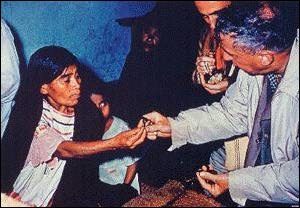 Mazatec shaman María Sabina offers the “little saints” to Gordon Wasson, 1955
Mazatec shaman María Sabina offers the “little saints” to Gordon Wasson, 1955
Thomas Riedlinger, editor of The Sacred Mushroom Seeker, reports that Gordon Wasson was “a level-headed scientist whose scholarly writings, while grounded in fact, yet inspire many readers to regard the sacred mushrooms with religious awe and reverence.” As a pioneering researcher, whose poetic prose “gave wings to the young field of ethnomycology” (the study of the historical uses of mushrooms), Wasson’s publications were paragons of erudition: well-reasoned, richly illustrated and extensively documented.
In his masterwork, Soma: Divine Mushroom of Immortality (1968), Wasson identifies the elusive Soma plant-god of the Hindu Rigveda as the psychoactive mushroom, Amanita muscaria. In The Road to Eleusis (1978), Wasson and his co-authors analyze a LSD-like fungus as the visionary ingredient in the secret potion of the “mysteries” practiced in Ancient Greece.
Psychedelics and Human Evolution
Despite these academic distinctions, somewhere along the way Wasson crossed over. He converted from a trail-blazing scientist to a passionate proselytizer for the role of psychedelics in the origin of religion. What is only hinted at in Soma blossoms into a full confession in The Road to Eleusis.
Here, Wasson proclaims, “As man emerged from his brutish past, thousands of years ago, there was a stage in the evolution of his awareness when the discovery of a mushroom (or was it a higher plant?) with miraculous properties was a revelation to him, a veritable detonator to his soul, arousing in him sentiments of awe and reverence, and gentleness and love, to the highest pitch of which mankind is capable….
The First Religion
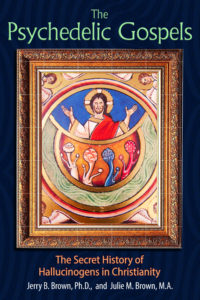
In Part I, The First Religion, of our book The Psychedelic Gospels: The Secret History of Hallucinogens in Christianity, we retrace Wasson’s pioneering studies of soma in the Hindu Rigveda of Ancient Indian; of mushroom shamanism among the reindeer herders of Siberia; of the LSD-like fungus that infused the potion drunk during the Eleusinian Mysteries of Ancient Greece; and of the psilocybin-based shamanism practiced in Mexico by the renowned Mazatec shaman, María Sabina.
We also uncover the surprising reason why Wasson refused to pursue his controversial theory on the role of entheogens in early religion past the portals of the church and into the hallowed halls of Christianity.
Do you know other unsung heroes and heroines of the Psychedelic Movement? Please share with us on Facebook and Twitter.
To learn more about the Psychedelic Movement, purchase The Psychedelic Gospels, please click here
Photo of Jean Houston and Oprah Winfrey by HuffPost.

